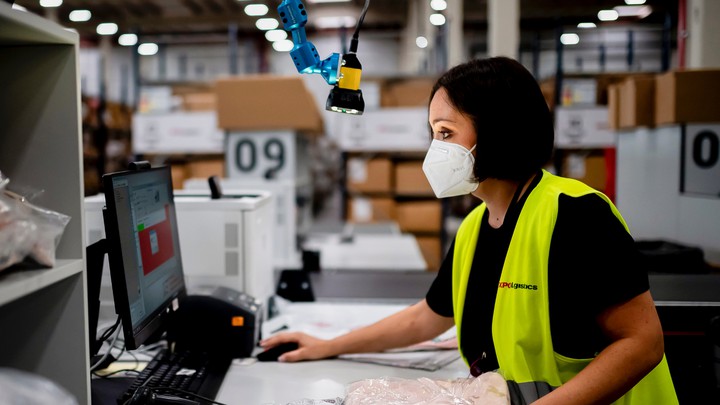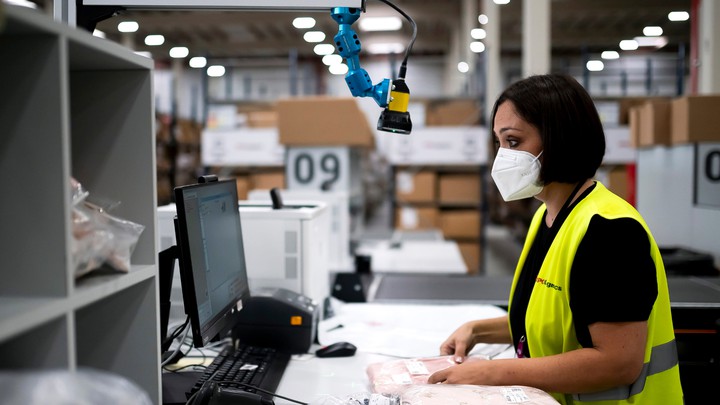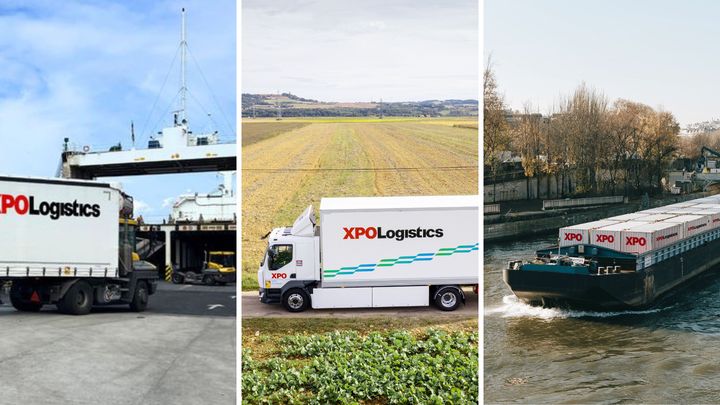The e-commerce boom, further accelerated by COVID-19, has impacted supply chains
Consumer expectations have changed dramatically. In the past, people were prepared to wait for a package; now they expect overnight or even same-day delivery. The speed at which goods move through the supply chain has increased exponentially, and one late delivery can mean the permanent loss of future sales. We are the 'last touch' with order preparation, and our focus is on protecting our customers' brands by ensuring accuracy and on-time distribution.
The increasing diversity of products available online has added complexity to the supply chain. Because of the pandemic, a large number of consumer goods moved online for the first time. You can now order anything from a single screw to a cement mixer, which impacts multiple points in the supply chain – from how orders are packaged to how shipments are tracked with carriers.
One of the greatest challenges faced by logistics providers is to accurately forecast peak demand. Volumes for major sale days like Black Friday and Cyber Monday are relatively easy to predict, but now there is a new layer of unexpected peaks influenced by the success of a promotion, price cuts or even the weather. Our technology and tools are more powerful in predicting spikes in demand; however, we still rely on communication from our customers to plan ahead. In e-commerce, logistics has become increasingly important.
How to respond to such challenges during peak periods?
By being agile and flexible. It sounds contradictory, but you need to organize and plan for flexibility. Pre-planning puts us in a position to quickly scale up operations when needed. For example, we cross-train our people to take on different functions and structure simple tasks to rapidly onboard temporary workers. In certain regions, we have large warehouses where we service multiple customers under one roof. By sharing a warehouse across different customers that have complementary peaks, we can leverage storage space and labor. We can also deploy people across different sites and offer them a full work schedule over a longer period.
While workforce planning is key, it’s critical that we collaborate with our customers on demand planning – this is how we prepare the necessary resources to process orders for our customers on time. With the forecasted data in hand, we can scale up or down much faster than a few years ago. We invest in new modular automation technologies, like robots and cobots, to be more agile and adopt quickly to volume fluctuations.
As an e-commerce retailer, why choose XPO?
E-commerce retailers select us primarily for our successful track record, our agility and the ‘planned flexibility’ we offer – and these are all rooted in our expertise and investments in technology. We have more than 15 years’ experience in e-commerce, working with customers across a wide range of sectors. We can set up completely new e-commerce and omnichannel solutions for customers in as little as three months using our warehouse management system and intelligent analytics. Our technology allows us to customize each solution to the customer’s supply chain and manage the product returns that are a by-product of e-commerce.
In our region, in particular, we benefit from being centrally located in mainland Europe with access to two major ports, in Rotterdam and Antwerp. From here, we can easily connect to domestic carrier networks in all main European countries within 24 hours and move our customers’ goods at competitive rates. Our results speak for themselves: XPO has the largest outsourced e-fulfillment platform in Europe.


